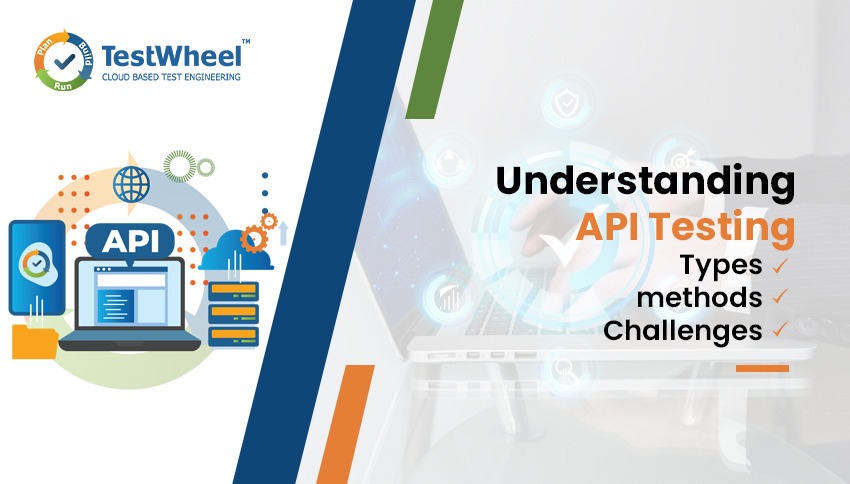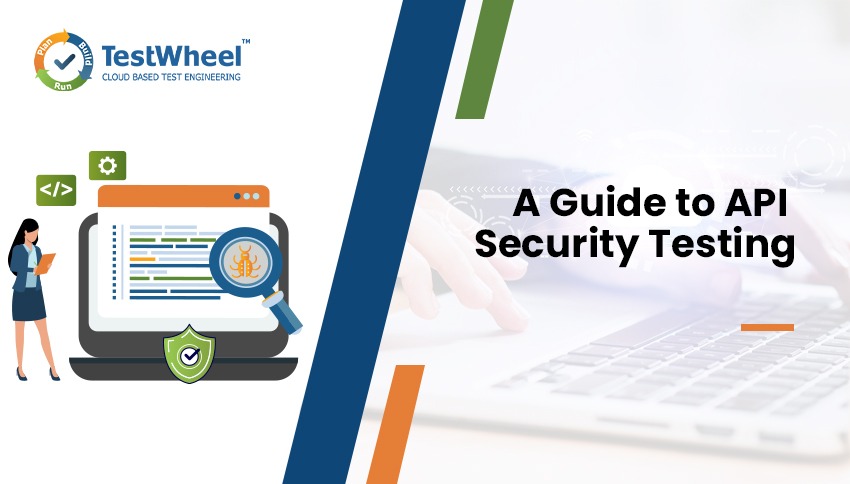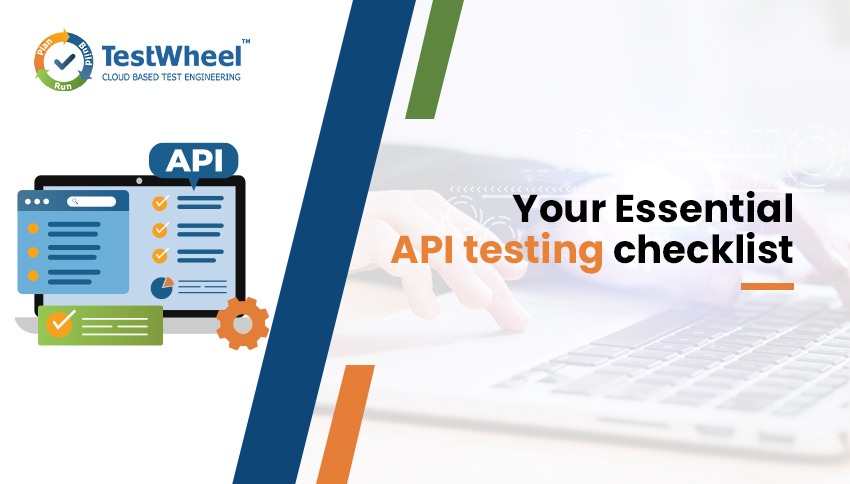- January 26, 2024

In the evolution of technology development, maintaining seamless connectivity and efficient data exchange is important for the software industry. APIs (Application Programming Interface) play a main role in achieving this, and software industry that use these services are pioneers in the industry. Imagine a busy city with lots of pathways connecting different pathways, likewise, API is the intermediate layer communicating with different layers of system application. Leveraging an API ensures smooth data streams and reliability. In this article, we will explore more about API, types, methods, and challenges faced in real time.
Table of Contents
What is API Testing?
In software development, API testing plays an important role in validating the connection between different layers of an application. Generally, applications contain three layers, a data layer, a service layer (API), and a presentation layer (UI). The API layer validates the logic and function of an application, and it has a direct connection with both the data layer and the presentation layer.
What is API Automation Testing?
API automation testing is the process which automatically validates the API’s functionality, reliability, and security of web application with minimal script knowledge. It involves the specialized automation testing tool which helps the developers and testers to quickly identify the errors which are associated with the API. As per Gartner’s marketing analysis software-testing tools, improve software quality and reduce cycle times by optimizing test efforts, providing early feedback about the quality of release candidates and improving consistency.
Types of API Testing
There are various types of API testing serving different purposes. Based on the application requirement the API testing will execute. Following are the key types of API Testing,

Validation Testing
To ensure the behavior and efficiency of the application, validation testing takes place. It is an important test in the development process that occurs at the final stage. In other words, executing validation testing provides quality assurance for the product.
This testing involves checking the API functions of an application. Testers send a request to API for a required scenario to validate whether it returns the intended output or not.
UI Testing
It involves testing the graphical user interface of the API and other integral parts of an application. UI testing mainly focuses on front-end and back-end user interfaces that lie in the API. It is not directly involved in back-end API but focuses on the presentation layer that users interact with.
Performance testing involves assessing the speed and responsiveness of the API. It also validates whether the responses remain accurate when a high volume of users accesses the application. This testing involves monitoring the API’s up and downtime and response time when requests are occurring.
Security Testing
This type of security testing helps us to identify the potential vulnerabilities and security risks in the API’s application. It is essential to validate the external data and authentication to prevent unauthorized access.
Fuzz Testing
Fuzz Testing is also a type of security testing process to check the ability of API that handles incorrect or malformed input data to breach the security of the application. In other words, to evaluate the API how handles unexpected data to identify potential vulnerabilities such as buffer overflows, input validation errors, and other security weaknesses.
Understanding API Methods
There are different types of API methods following the desired action. For web applications, HTTP (Hypertext Transfer Protocol) is a common method to send and receive information. The following are some primary HTTP methods used for API’s.
- GET: It is the most common request to ask for data from a specified resource to get the information
- POST: Submits data to be processed to a specified resource. It’s like sending information to the server to create a new resource.
- PUT: Updates a resource or creates a new one if it doesn’t exist at the specified URL. It’s like telling the server to replace a specific item with new information.
- DELETE: Deletes a specified resource. It’s like asking the server to get rid of something.
- PATCH: Applies partial modifications to a resource. It’s like telling the server to update only specific parts of an existing resource.
- HEAD: It is like GET, but it retrieves only the headers of the response, not the actual data. It’s often used to check the status of a resource without downloading the entire content.
- OPTIONS: Describe the communication options for the target resource. It’s like asking the server what methods are allowed for a particular resource.
- TRACE: Performs a message loop-back test along the path to the target resource. It’s used for diagnostic purposes.
- CONNECT: Converts the request connection to a transparent TCP/IP tunnel, usually to facilitate secure communication through an encrypted SSL/TLS connection.
Challenges and Solutions in Testing Real-Time APIs
There are significant challenges in testing with real-time API due to the data sent and received being dynamic. Below are some common challenges encountered in testing real-time APIs
- Data Consistency and Accuracy:
Challenge: In real-time APIs, there is a situation to face a continuous flow of data. It is challenging to maintain the consistency and accuracy of data flow.
Solution: It could be overcome by implementing the data flow validation mechanism to ensure the data flow is accurate or that returned values are expected format.
- Latency and Response Time:
Challenge: Due to the dynamic nature of data flow and load capacity, response time is latent. Maintaining the accuracy of response time is challenging.
Solution: Using an ideal performance testing tool can overcome this challenge and monitoring the variation in loads helps to evaluate the real-time response time.
- Error Handling in Real-Time:
Challenge: Handling the application errors in real-time must be automated to ensure the release application is efficient. It is a challenging one as the files are corrupted unexpectedly.
Solution: Error-handling tests must be implemented to ensure that the APIs can handle errors or data corruption.
- Cross Browser Platform Compatibility:
Challenge: As various desktop and mobile applications have evolved, maintaining compatibility of APIs web application is tedious.
Solution: An ideal cross-browser testing tool reflects the real would scenarios that assists to ensure the API’s compatibility with various browsers.
- Security Concern:
Challenge: There is the possibility of variation in data flow, APIs may process the sensitive data which consequences the security risk.
Solution: API security testing is mandatory to avoid the potential security risk and data encryption, SSL implementation are hopeful solutions.
In conclusion, we firmly believe that APIs are the unsung heroes in the evolving landscape of technology and digital space. Throughout this comprehensive article, we delved into the understanding of API testing, its types, methods, and the real-time challenges faced by software industry professionals and organizations. As technology progresses, the significance of API web application testing will seamlessly rise. Staying aware of software testing updates and adapting to recent trends will undoubtedly keep your businesses ahead of competitors.


